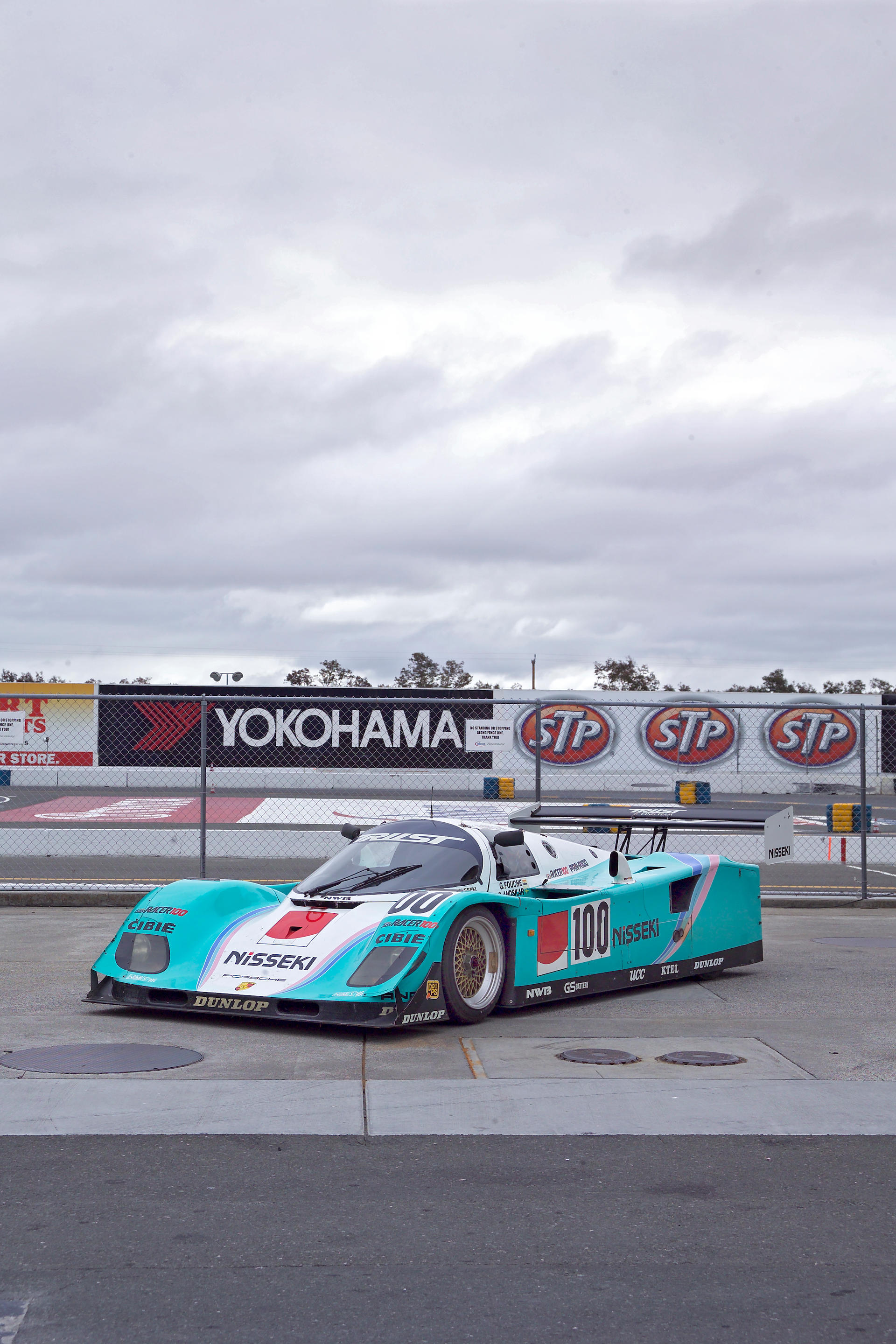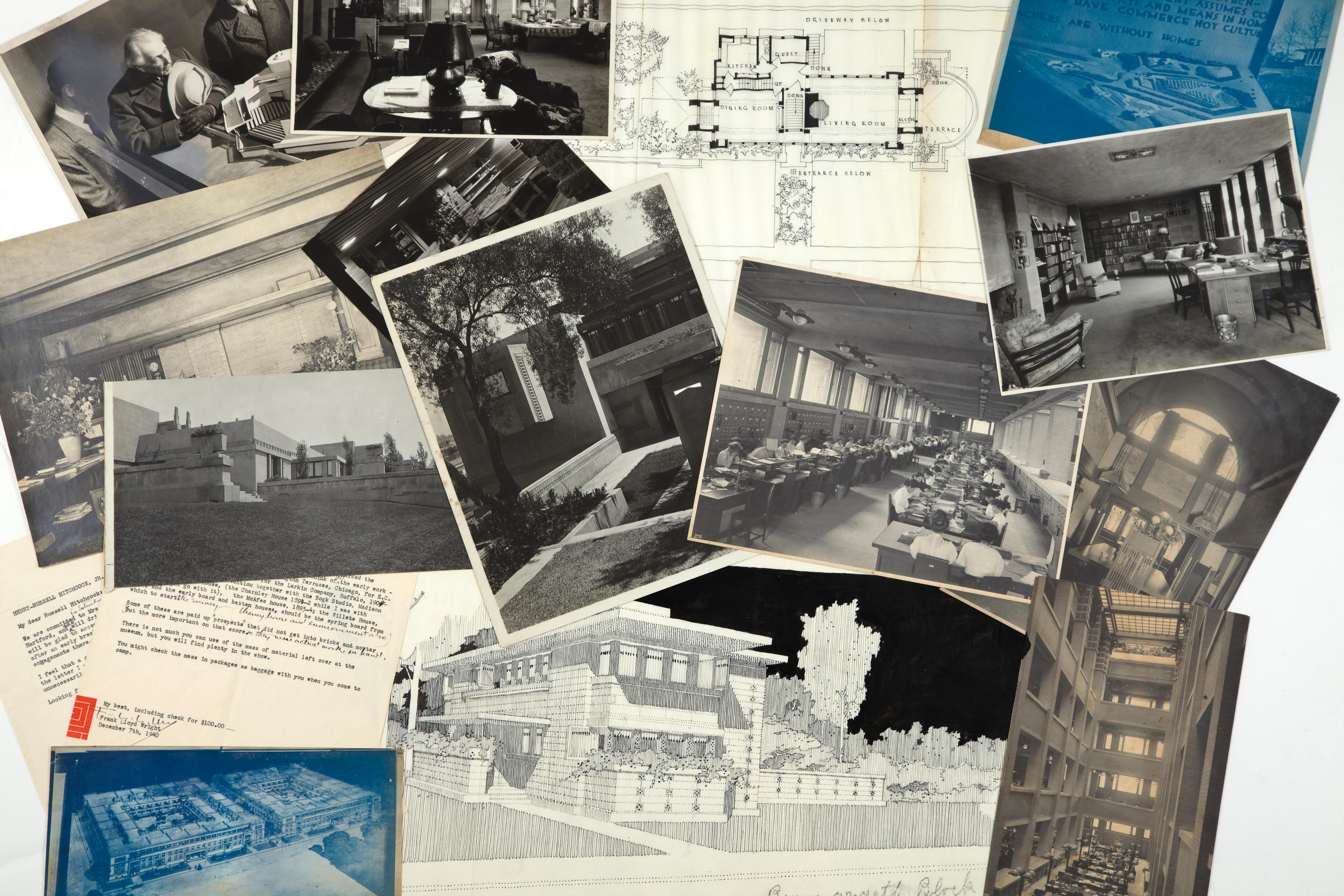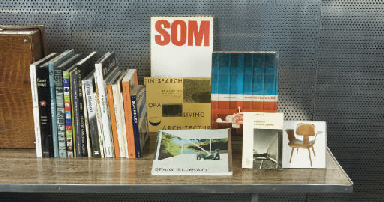In motorsport, success is defined by a criteria that can be as varied as the sport itself. While winning is the single most important aspect for a manufacturer, when a particular racecar catches the public's attention, it can take on a life of its own. Books are published and special models are mass produced in a manner that can mirror the on track success. This extra activity is a bonus for the marketing firms and helps secure and confirm the much needed sponsorship that keeps the teams filling the grids. All those models with the sponsor's logos that were sent out as gifts are as collectible today just as the real car is. However, for many teams and drivers that competed in Porsche racecars there was one additional item that was highly prized that helped spur on the on track battles. Porsche was one of the first automotive firms to prioritize promotion of their motorsport activities by use of a limited print run of posters to celebrate a particular victory or event of importance. This wasn't necessarily by choice as funds were limited in those early days and Porsche took advantage of every means available to spread the word in the most economical method. The poster celebrated both official "Werks" entries and championed the results of their customers. Considering the competition through the decades in addition to having to battle not only the private Porsche teams, in many events it was the factory "Werks" cars that were the biggest obstacle in getting to the top step of the podium. If you could manage to get through all that, the effort just might end up on a poster that would show up on walls of automotive shops and enthusiasts' collections throughout the world. The car featured on these pages, RLR 962-106B, is one of those privileged few. Porsche has long enjoyed success by offering customers a solidly built, reliable and competitive racecar. Beginning with the 550 Spyder (some might say the early alloy bodied 356 Gmund coupes) the list is extensive. There were the 904, 906, 907, 908 variants, and the mighty 917 which broke new ground for Porsche's reputation. Then came the turbos, the 934 and 935 and on to the 956 and 962 prototypes that became mainstays for teams competing in national and international Group C events. Upon taking delivery of the 956 in 1983, many teams knew that they were on a learning curve as Porsche with their Rothmans-backed Group C cars had a previous full year of experience. The private teams also had to contend with a full factory effort by Lancia. While the 1983 season did have an occasional triumph for the private teams, this was usually due to a miscue for the Rothmans cars. By 1984, several of the top teams began their own development programs. The German teams such as Joest and Kremer tended to follow the factory upgrades with a few special tweaks of their own. Joest was the most successful at this with back to back wins at Le Mans in 1984 and 1985. The U.K. based teams were far more adventurous in their development of the 956 due to the culture of constantly trying out new techniques and getting ahead of the competition. The failures were quickly discarded and on to the next step in the constant search for that extra advantage. Richard Lloyd understood this mentality perfectly. His Silverstone, U.K. based GTi Engineering was always in motion of bending whatever rule it could to gain an on-track advantage in the British Saloon Car Championship. Lloyd was quick to try modifications to his first Porsche effort at Le Mans in 1982. However, the 924 GTR never fully enjoyed the factory development program it should have, thus making it much more difficult (and costly) for a private outfit to improve on. The 956 was considered a proper race car and a perfect platform to try out new ideas, both subtle and not so subtle. A fine 8th overall at Le Mans in 1983 was followed by a DNF in 1984, however 1985 was a different story. Using their new, in-house built monocoque chassis as drawn up by Nigel Stroud
In motorsport, success is defined by a criteria that can be as varied as the sport itself. While winning is the single most important aspect for a manufacturer, when a particular racecar catches the public's attention, it can take on a life of its own. Books are published and special models are mass produced in a manner that can mirror the on track success. This extra activity is a bonus for the marketing firms and helps secure and confirm the much needed sponsorship that keeps the teams filling the grids. All those models with the sponsor's logos that were sent out as gifts are as collectible today just as the real car is. However, for many teams and drivers that competed in Porsche racecars there was one additional item that was highly prized that helped spur on the on track battles. Porsche was one of the first automotive firms to prioritize promotion of their motorsport activities by use of a limited print run of posters to celebrate a particular victory or event of importance. This wasn't necessarily by choice as funds were limited in those early days and Porsche took advantage of every means available to spread the word in the most economical method. The poster celebrated both official "Werks" entries and championed the results of their customers. Considering the competition through the decades in addition to having to battle not only the private Porsche teams, in many events it was the factory "Werks" cars that were the biggest obstacle in getting to the top step of the podium. If you could manage to get through all that, the effort just might end up on a poster that would show up on walls of automotive shops and enthusiasts' collections throughout the world. The car featured on these pages, RLR 962-106B, is one of those privileged few. Porsche has long enjoyed success by offering customers a solidly built, reliable and competitive racecar. Beginning with the 550 Spyder (some might say the early alloy bodied 356 Gmund coupes) the list is extensive. There were the 904, 906, 907, 908 variants, and the mighty 917 which broke new ground for Porsche's reputation. Then came the turbos, the 934 and 935 and on to the 956 and 962 prototypes that became mainstays for teams competing in national and international Group C events. Upon taking delivery of the 956 in 1983, many teams knew that they were on a learning curve as Porsche with their Rothmans-backed Group C cars had a previous full year of experience. The private teams also had to contend with a full factory effort by Lancia. While the 1983 season did have an occasional triumph for the private teams, this was usually due to a miscue for the Rothmans cars. By 1984, several of the top teams began their own development programs. The German teams such as Joest and Kremer tended to follow the factory upgrades with a few special tweaks of their own. Joest was the most successful at this with back to back wins at Le Mans in 1984 and 1985. The U.K. based teams were far more adventurous in their development of the 956 due to the culture of constantly trying out new techniques and getting ahead of the competition. The failures were quickly discarded and on to the next step in the constant search for that extra advantage. Richard Lloyd understood this mentality perfectly. His Silverstone, U.K. based GTi Engineering was always in motion of bending whatever rule it could to gain an on-track advantage in the British Saloon Car Championship. Lloyd was quick to try modifications to his first Porsche effort at Le Mans in 1982. However, the 924 GTR never fully enjoyed the factory development program it should have, thus making it much more difficult (and costly) for a private outfit to improve on. The 956 was considered a proper race car and a perfect platform to try out new ideas, both subtle and not so subtle. A fine 8th overall at Le Mans in 1983 was followed by a DNF in 1984, however 1985 was a different story. Using their new, in-house built monocoque chassis as drawn up by Nigel Stroud












/104237/Internet%20Image%209.jpg)
/89911/Internet%20Image%202.jpg)
/42078/Internet%20Image%201.jpg)
Testen Sie LotSearch und seine Premium-Features 7 Tage - ohne Kosten!
Lassen Sie sich automatisch über neue Objekte in kommenden Auktionen benachrichtigen.
Suchauftrag anlegen